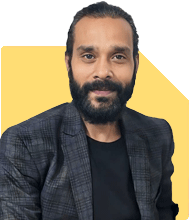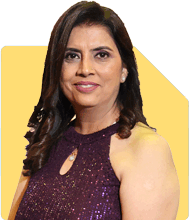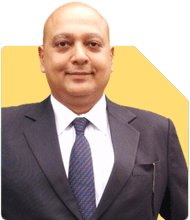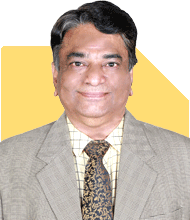Seeking study abroad advice: Which countries are best for my goals?
Dr Pananjay K Tiwari | Answer |Ask -Follow
Study Abroad Expert - Answered on Jan 16, 2025
They also guide PhD students who are studying internationally with their research.
Dr Pananjay has 21 years of academic and research experience and has published several books and research papers in various Indian and international journals.
He is a gold medallist with a master’s degree in science and a PhD in environmental sciences from the Hemvati Nandan Bahuguna Garhwal Central University, Uttarakhand.... more

Which countries should you consider if you want to study abroad?
For more details visit us at www.shreeoverseaseducation.com
You may like to see similar questions and answers below
Geeta Ratra | Answer |Ask -Follow
Visas, Study Abroad Expert - Answered on Mar 06, 2023
Sushil Sukhwani | Answer |Ask -Follow
Study Abroad Expert - Answered on Nov 09, 2023
Sushil Sukhwani | Answer |Ask -Follow
Study Abroad Expert - Answered on Apr 22, 2024
Maxim Emmanuel | Answer |Ask -Follow
Soft Skills Trainer - Answered on Jul 29, 2024
Sushil Sukhwani | Answer |Ask -Follow
Study Abroad Expert - Answered on Sep 02, 2024
Ramalingam Kalirajan |10906 Answers |Ask -Follow
Mutual Funds, Financial Planning Expert - Answered on Dec 19, 2025
Nayagam P P |10859 Answers |Ask -Follow
Career Counsellor - Answered on Dec 19, 2025
Ramalingam Kalirajan |10906 Answers |Ask -Follow
Mutual Funds, Financial Planning Expert - Answered on Dec 19, 2025
Ramalingam Kalirajan |10906 Answers |Ask -Follow
Mutual Funds, Financial Planning Expert - Answered on Dec 19, 2025
Ramalingam Kalirajan |10906 Answers |Ask -Follow
Mutual Funds, Financial Planning Expert - Answered on Dec 19, 2025
Radheshyam Zanwar |6751 Answers |Ask -Follow
MHT-CET, IIT-JEE, NEET-UG Expert - Answered on Dec 19, 2025
Radheshyam Zanwar |6751 Answers |Ask -Follow
MHT-CET, IIT-JEE, NEET-UG Expert - Answered on Dec 19, 2025
Samraat Jadhav |2514 Answers |Ask -Follow
Stock Market Expert - Answered on Dec 18, 2025
Reetika Sharma |432 Answers |Ask -Follow
Financial Planner, MF and Insurance Expert - Answered on Dec 18, 2025
Reetika Sharma |432 Answers |Ask -Follow
Financial Planner, MF and Insurance Expert - Answered on Dec 18, 2025


























